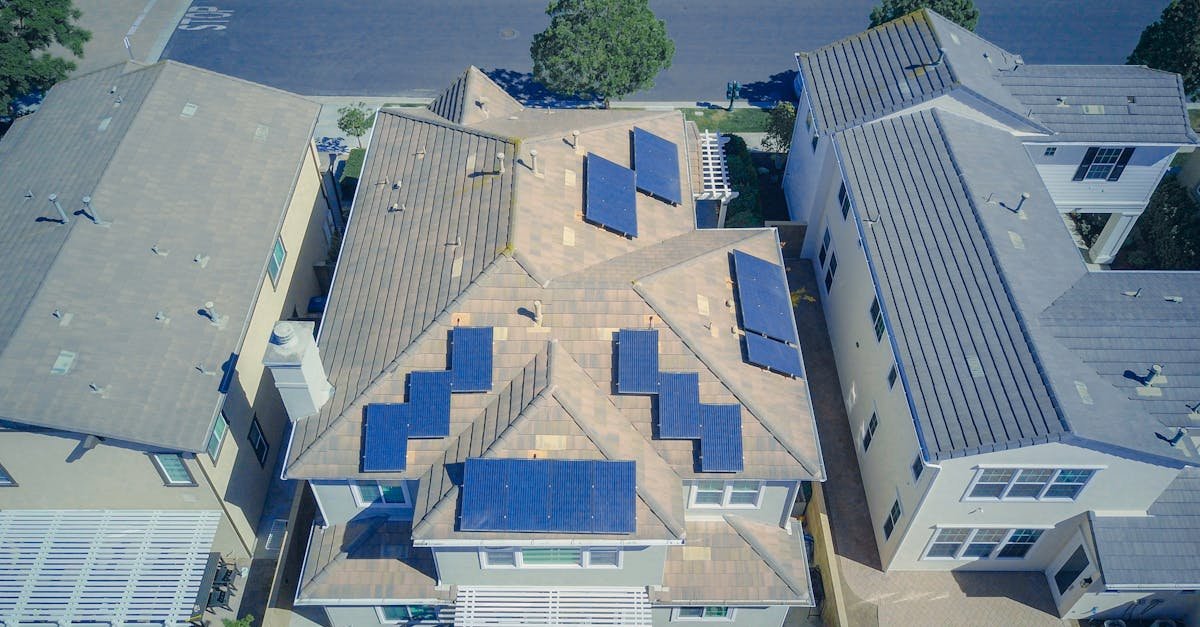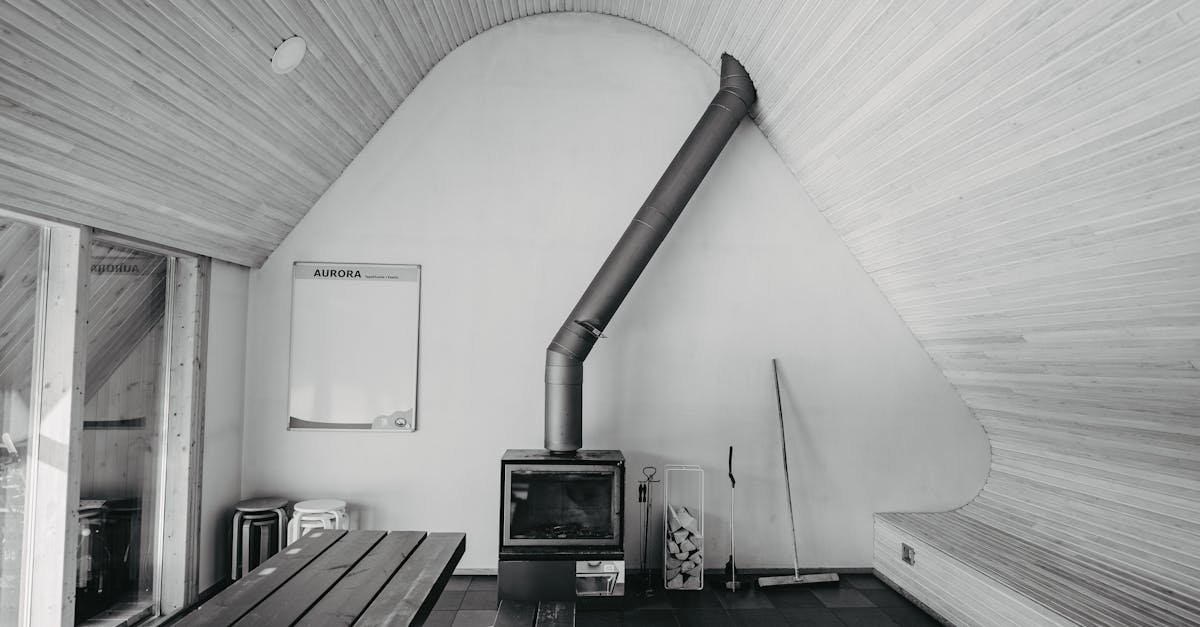Installing a smart thermostat is a straightforward process that can enhance your home’s energy efficiency. You’ll typically need a screwdriver, a drill, and a few basic tools to get started. First, turn off your HVAC system to ensure safety, then remove your old thermostat. Follow the wiring instructions for your new device, connect the wires to the corresponding terminals, and mount the thermostat on the wall.
Once installed, configure the settings through the app or on the device itself. You’ll enjoy features like remote access, scheduling, and energy usage reports, all designed to make your home more comfortable and save you money on energy bills. Ready to take the plunge? Let’s jump into the details of smart thermostat installation.
Overview of Smart Thermostats
Smart thermostats are essential for enhancing home comfort and energy efficiency. These devices allow you to control your home’s temperature remotely. You can manage settings through a smartphone app or voice commands with smart home systems.
Compatibility and Preparation
Before installation, check if the smart thermostat works with your HVAC system. Many devices are compatible with standard systems. Verify compatibility using manufacturer guidelines or online tools. Some systems, like high-voltage or proprietary units, may not be suitable.
Safety Precautions
Safety is crucial during installation. Always turn off power to your HVAC system at the breaker panel. Confirm the power is off by adjusting the thermostat temperature or listening for system sounds. This step prevents electric shocks and ensures a safe installation process.
Installation Steps
- Start by popping off the faceplate of the existing thermostat. Access the wiring and backplate easily. Take a photo of the wires for reference to aid in connecting the new device.
Benefits of Smart Thermostat Installation
Smart thermostat installation offers significant benefits. These devices enhance your home’s energy efficiency and can lead to substantial cost savings.
Energy Efficiency
Smart thermostats optimize energy usage. Automated adjustments happen based on your routine. They turn off heating or cooling when you’re away or asleep. This reduces unnecessary energy consumption. Geofencing features use your location. They detect when you leave or return and adjust the temperature accordingly. Learning algorithms adapt over time, creating a custom heating and cooling schedule based on your habits. Real-time data provides insights into your energy use, helping you manage consumption effectively.
Cost Savings
Smart thermostats contribute directly to cost savings. By minimizing wasted energy, your monthly energy bills decrease. You can save anywhere from 10% to 30% on annual heating and cooling costs. The initial investment quickly pays off through these lower bills. Also, some energy companies offer rebates for installing smart thermostats. These incentives further reduce your expenses, making it a financially savvy choice.
Choosing the Right Smart Thermostat
Selecting the right smart thermostat involves careful consideration. You want to ensure compatibility and functionality for your home’s heating and cooling systems.
Compatibility with HVAC Systems
Check compatibility with your HVAC system before you purchase a smart thermostat. Some systems like high-voltage setups, millivolt systems, and unique proprietary models might not support smart devices. Focus on knowing your system type—single-stage, two-stage, or multi-stage heating and cooling. If unsure, consult the manufacturer or a professional installer for guidance.
Key Features to Consider
Power requirements play a crucial role. Many smart thermostats require a C-wire for continuous operation. If your current setup lacks a C-wire, you can either add one or use an adapter from the manufacturer to proceed with installation. Also, assess features like remote temperature control, scheduling, and energy usage reports. These capabilities enhance comfort and optimize energy usage, providing both convenience and cost savings.
Step-by-Step Guide to Smart Thermostat Installation
Smart thermostat installation involves a few key steps. Preparing properly ensures a smooth process. Make sure you gather everything you need before starting the installation.
Preparation and Tools Needed
- Check Compatibility:
Confirm your smart thermostat is compatible with your HVAC system. Use online compatibility tools from manufacturers for accurate information. - Turn Off the HVAC System:
Switch off the power at the breaker panel. Always double-check that your HVAC system isn’t working by adjusting the old thermostat. - Gather Tools and Supplies:
Collect essential tools before beginning:
- Screwdrivers (flathead and Phillips)
- Drill
- Drywall anchors
- Wire labels
- Optional: Hammer, pencil, wire stripper
Having all tools ready saves time and prevents frustration during installation.
- Remove the Old Thermostat:
Take off the faceplate of the existing thermostat. Disconnect the wires carefully and label them for easy identification. Taking a photo of the wiring setup simplifies connecting the new thermostat.
- Connect the New Thermostat:
Match the labeled wires from the old thermostat to the new one according to the labels. Secure each wire into its corresponding terminal. Check the installation manual for specific instructions about your new thermostat. - Install the New Thermostat:
Align the new thermostat with the mounting plate. Secure it in place using screws. Ensure it fits snugly against the wall. - Power On the HVAC System:
Restore power to the HVAC system at the breaker panel. Allow the system to power up before configuring the new thermostat settings. - Configure Settings:
Follow the on-screen instructions to set up your new thermostat. Connect it to Wi-Fi for remote access. Customize the temperature preferences and scheduling options to suit your lifestyle.
By following these steps, you create an efficient system that can enhance comfort and save energy.
Common Issues During Installation
When you install a smart thermostat, you’ll face several common issues. Addressing these problems early ensures smooth operation and performance.
Wiring and Electrical Issues
Wiring problems frequently cause installation headaches. Older HVAC systems often lack a common (‘C’) wire. This wire supplies constant power to many smart thermostats. Without a C wire, your thermostat might depend on “power stealing” from existing circuits. This reliance can lead to HVAC malfunctions.
Faulty connections present another challenge. Inspect the wiring connections at both the thermostat and HVAC unit. Ensure all connections are tight and free from visible damage. Tight connections reduce the risk of operational failures.
Proper Installation
Incorrect installation can lead to significant problems. Following the manufacturer’s instructions matters. Pay attention to each step, especially when connecting wires. Misconnection can cause short circuits or system failures. Verify that the settings match your HVAC system’s requirements. Taking the time to do this right saves future headaches.
Conclusion
Installing a smart thermostat is a smart investment for your home. By enhancing energy efficiency and providing greater control over your heating and cooling, you can enjoy significant savings on your energy bills. Following the proper installation steps and ensuring compatibility with your HVAC system will set you up for success.
Don’t forget to take advantage of the features that make smart thermostats so appealing, like remote access and scheduling. With a little preparation and care, you’ll transform your home into a more comfortable and energy-efficient space. Embrace the technology and watch your energy savings grow.








